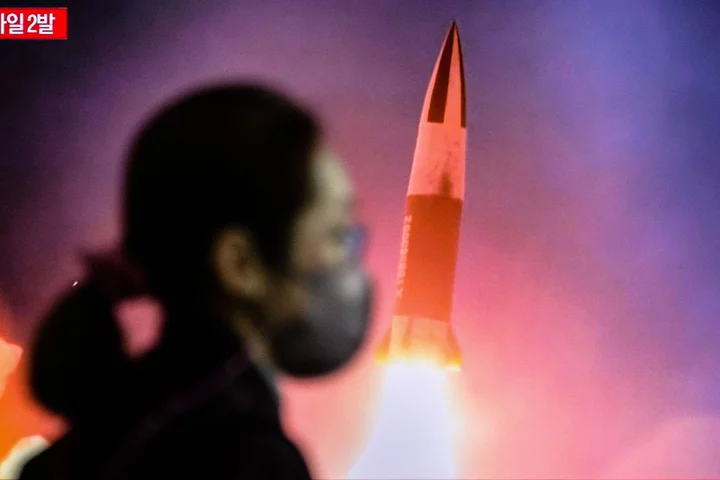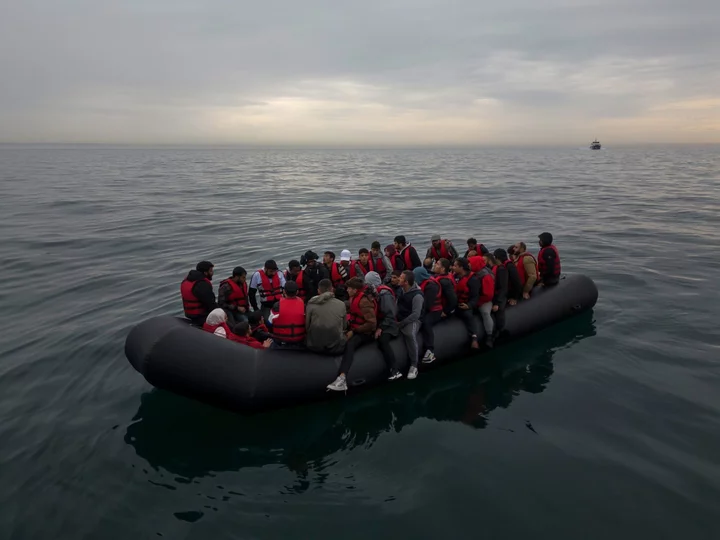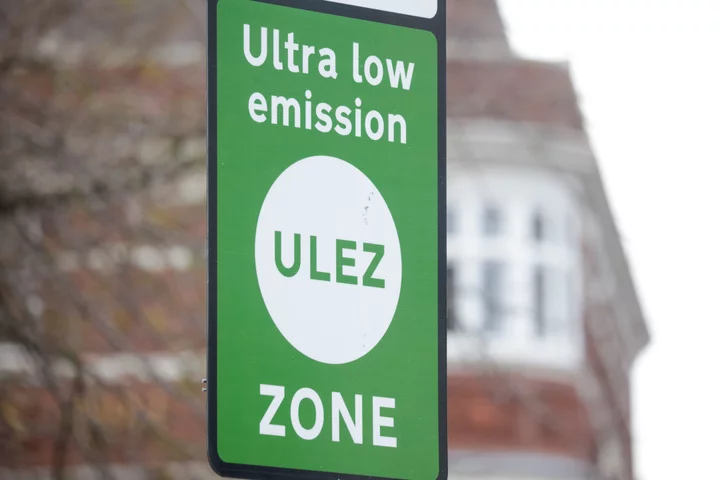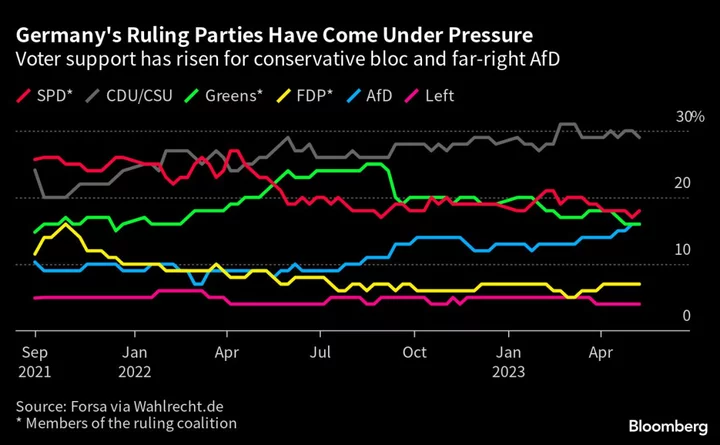The US, Japan and South Korea are seeking to link their radar systems to better track missiles from North Korea and accelerate their response to any launch, a move that has the potential to anger China as well as Pyongyang.
A broad agreement on the plan is likely to come during a joint defense meeting in Singapore in June, the Yomiuri newspaper reported Tuesday, citing government officials it didn’t identify. A recent warming of ties between Seoul and Tokyo, which included a resumption of shuttle diplomacy scuttled for about a dozen years over political tensions, has helped advance the arrangement, it said.
Under the agreement, the command-and-control centers used by the militaries of Japan and South Korea, as well as US forces in both countries, would be fed through the US Indo-Pacific Command in Hawaii, the paper said. This would help provide instantaneous data on missile flights, while keeping some political distance between South Korea and Japan, which each have a military alliance with the US but are not mutual allies, it added.
The arrangement would be one of the most tangible efforts to improve joint efforts to keep track of North Korean missiles as a part of the recent rapprochement between Seoul and Tokyo.
But the effort could also could draw the ire of Beijing, which in 2017 objected to South Korea deploying a US defense shield over concerns its powerful radar would allow spying on China’s missile systems. North Korea has decried military cooperation among the US, South Korea and Japan, pledging to bolster its nuclear arsenal to thwart what it sees as hostile intentions from the three adversaries.
Japan’s top government spokesman Hirokazu Matsuno said Tuesday that no decision had been made on concrete steps to put the arrangement into action after it was agreed to in principle at a trilateral summit in November. South Korean Defense Ministry spokesman Jeon Ha-kyu said at a briefing in Seoul that consultations on details are ongoing and no final decisions have been made.
Cooperation among the three countries picked up pace when Yoon Suk Yeol became South Korea’s president a year ago, pledging to take a tough line on North Korea and advancing security policies that better aligned with those of Japanese Prime Minister Fumio Kishida’s government.
Read: How Kim Jong Un Is Building a Nuclear North Korea: QuickTake
Since then, the US, South Korea and Japan have trained together, including on joint drills centered on intercepting missiles and hunting submarines — exercises that have taken on greater importance with North Korea deploying new systems to deliver strikes in the air and at sea.
Missile Threat
At the same time, Kim Jong Un’s regime has rolled out new rockets that are quick to deploy, maneuverable in flight and designed to deliver nuclear strikes to all of Japan and South Korea, which host the bulk of US troops in the region.
Yoon has also taken on China, with his government telling Beijing that the possible operation of Lockheed Martin Corp.’s Terminal High-Altitude Area Defense system was a matter of South Korea’s self-defense and “not negotiable.”
The conflict several years ago over Thaad led to economic retaliation from Beijing that shaved an estimated 0.4 percentage points off South Korea’s gross domestic product expansion in 2017. Yoon’s predecessor, President Moon Jae-in ameliorated Beijing’s anger by pledging no new Thaad deployments, no participation in a US missile defense network and no transformation of security cooperation among the US, Japan and South Korea into a military alliance.
“On the Thaad issue, the two sides reached agreement not to allow this issue to be a stumbling block in bilateral cooperation and will strive to make sure that bilateral relations and cooperation will not be affected by this issue,” Chinese Foreign Ministry spokesman Wang Wenbin said at a news briefing in Beijing on Tuesday, referring to Moon’s pledge.
Given their proximity, North Korea’s missiles could deliver a strike on most parts of South Korea in less than five minutes from launch and on Japan within about 15 minutes from launch, highlighting the need for all three to instantaneously track missiles.
Read: North Korean Missile Alert Sparks Fear and Confusion in Japan
But due to the Earth’s curvature, Japan’s radar system has had trouble spotting the initial stages of missile launches from western parts of North Korea. Japan has also had embarrassing incidents where it has lost track of multistage missiles fired from North Korea.
The most recent incident took place last month, when Japan issued an alert to people on the main northern island of Hokkaido about a North Korean missile possibly heading their way. The missile did not threaten the island and the alert was lifted a few minutes later — with the government saying it lost track of the missile on radar and apologizing.
The radar alliance would be under the auspices of a 2014 information-sharing pact among the three countries and involve systems already deployed, Yomiuri said. This could allay any possible protests from China.
“The main focus of the Japan-US-South Korea cooperation is North Korea, but they are showing they won’t hesitate because of China — it has a symbolic aspect,” said Tetsuo Kotani, a professor at Meikai University.
“The arrangement will enable a more accurate grasp of a missile’s trajectory,” he added.
--With assistance from Gareth Allan, Isabel Reynolds, Colum Murphy and Sangmi Cha.
(Adds comments from government officials and analyst.)









